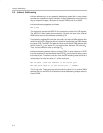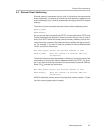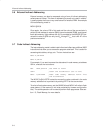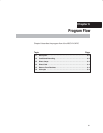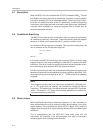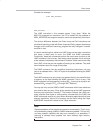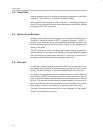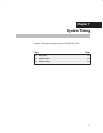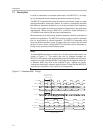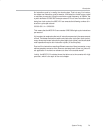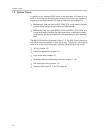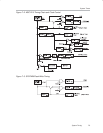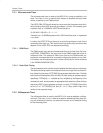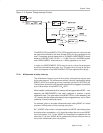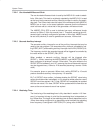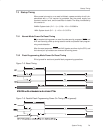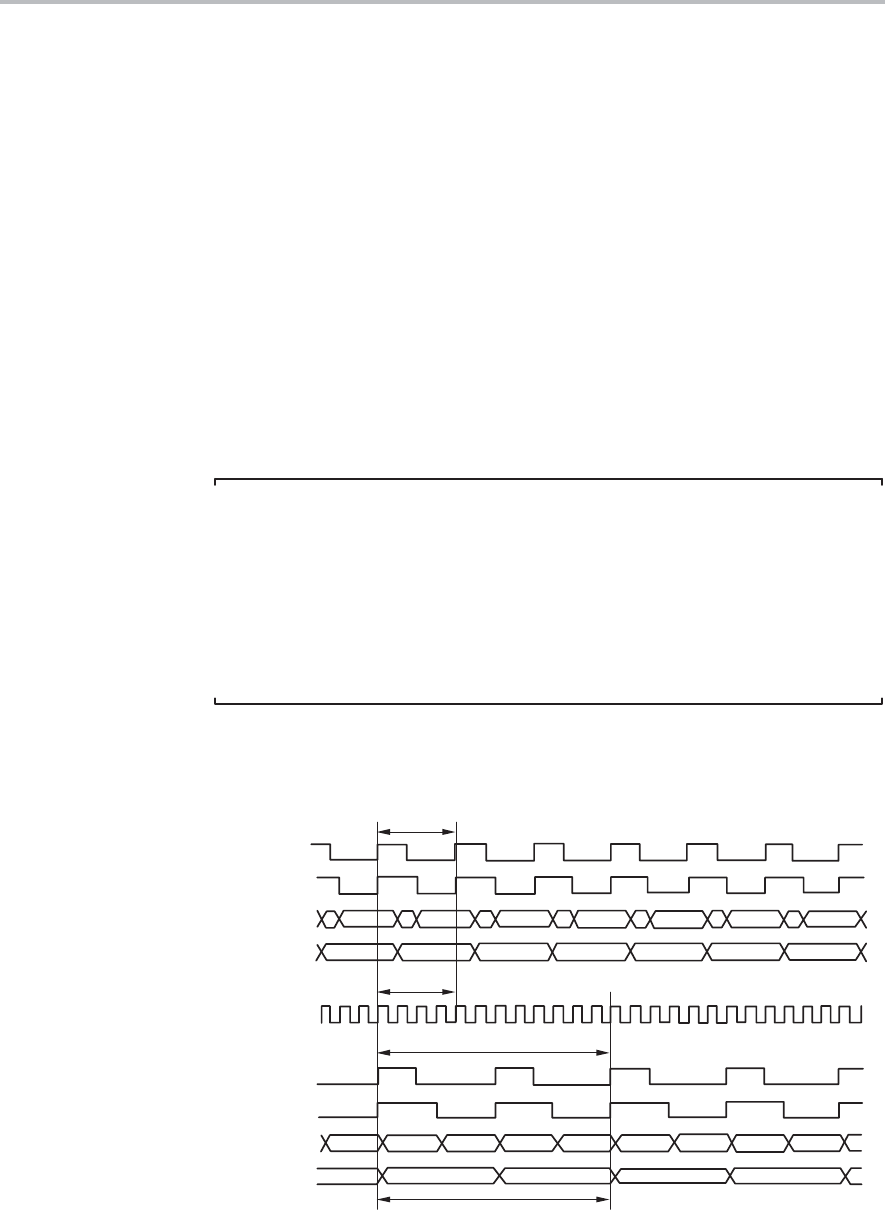
Description
7-2
7.1 Description
In order to understand—and better make use of—the MSC1210, it is neces-
sary to understand some underlying information concerning timing.
The MSC1210 operates with timing derived from an external crystal or a clock
signal generated by some other system. A crystal is a mechanical oscillator
that allows an electronic oscillator to run at a very precisely known frequency.
One can find crystals of virtually any frequency depending on the application
requirements. When using an MSC1210, a common crystal frequency is
11.0592MHz due to baud rate accuracy considerations.
Microcontrollers (and many other electrical systems) use their oscillators to
synchronize operations. The MSC1210 uses its crystal or clock for precisely
that—to synchronize its internal operation. The MSC1210 operates using
what are called instruction cycles. A single instruction cycle is the minimum
amount of time in which a single MSC1210 instruction can be executed, al-
though many instructions take multiple cycles.
Note:
A standard 8052 executes an instruction in 12 clock cycles rather than 4, as
shown in Figure 7−1. This means that, with no program changes, an
MSC1210 will execute code approximately three times faster than the same
program run under a traditional 8052. It also means that programs written for
a standard 8052 may have to be modified if they depend on certain
instructions executing in a certain amount of time. The fact that the MSC1210
executes an instruction in four cycles is not configurable.
Figure 7−1. Standard 8051 Timing.
Single−Byte
Single−Cycle
Instruction
S ing le−B yte Sin gle
−Cycle
Instruction
4 Cycles
12 Cycles
ALE
PSEN
AD0−AD7
PORT2
XTAL1
ALE
PSEN
AD0−AD7
PORT2



